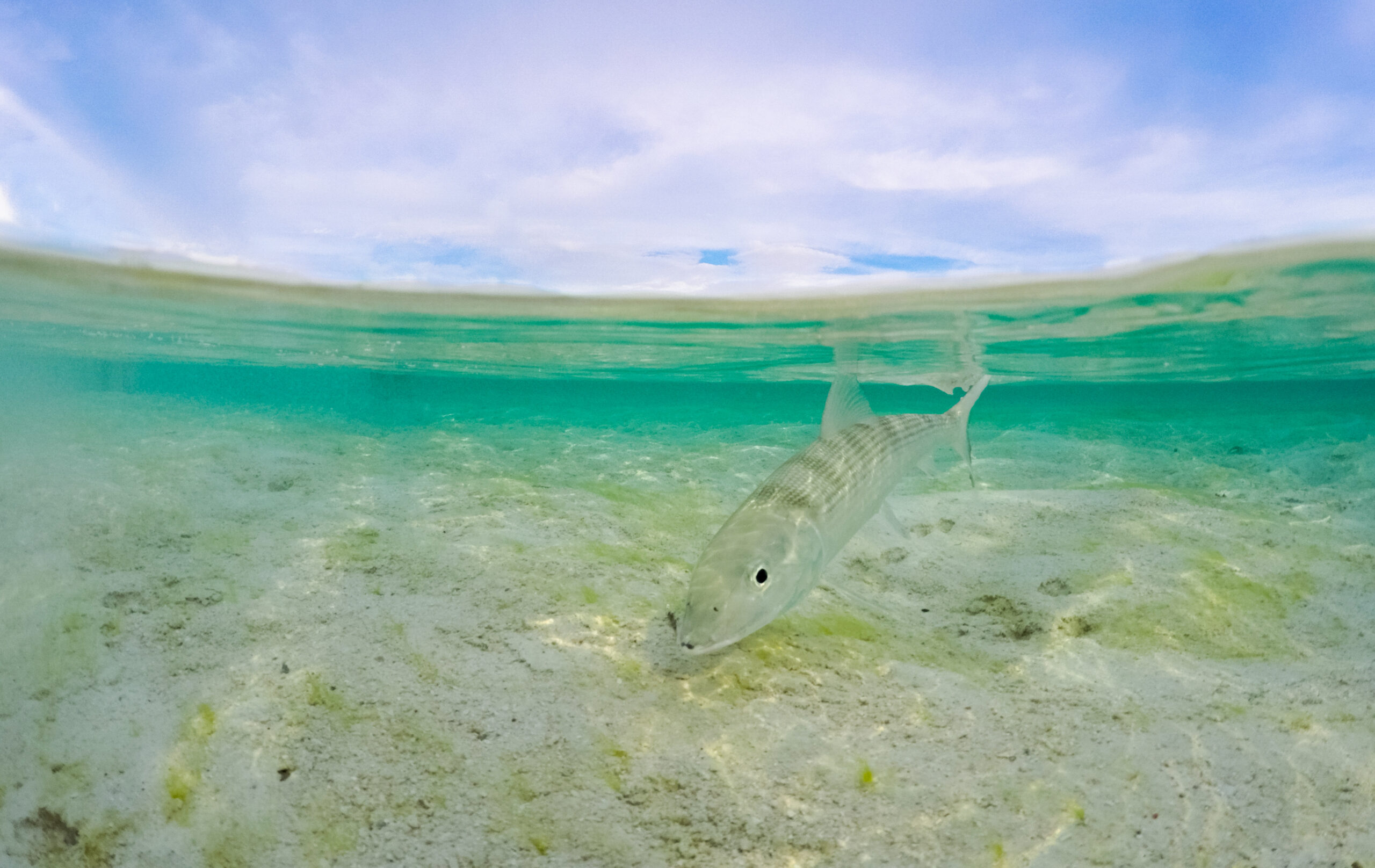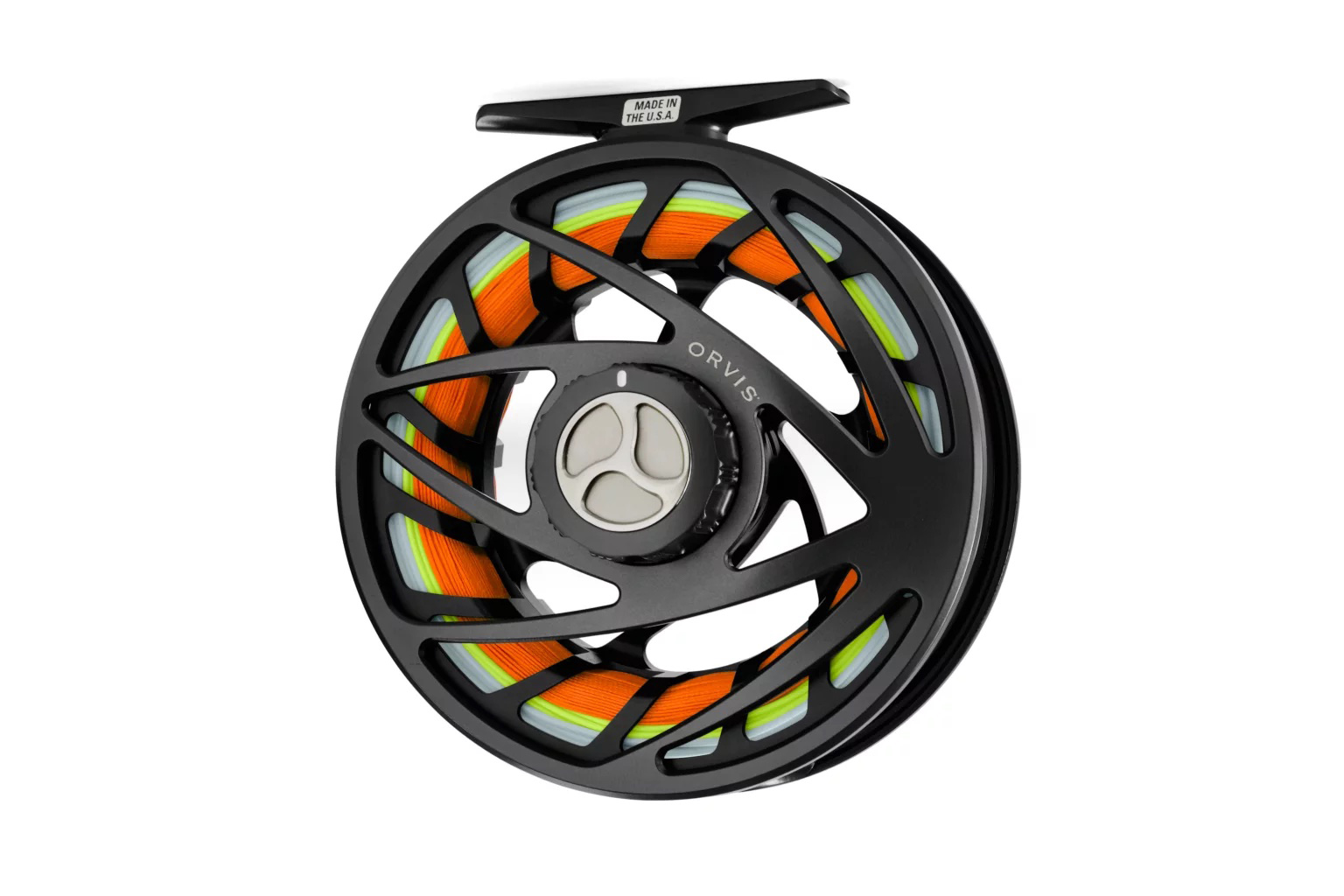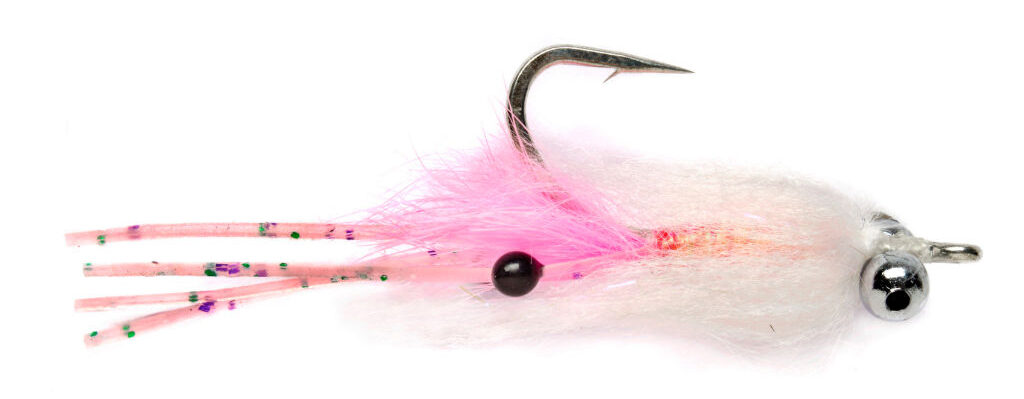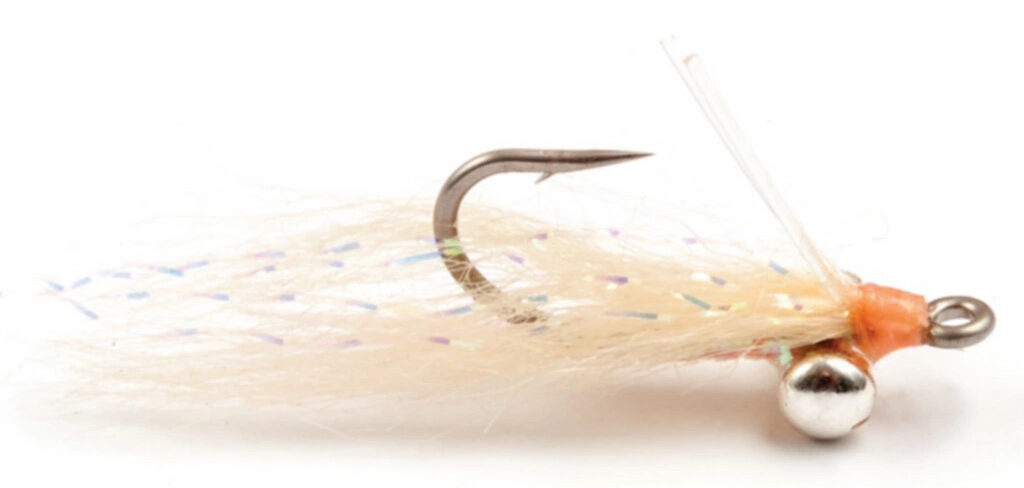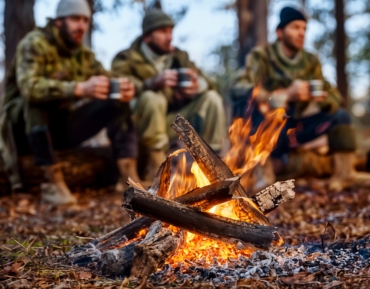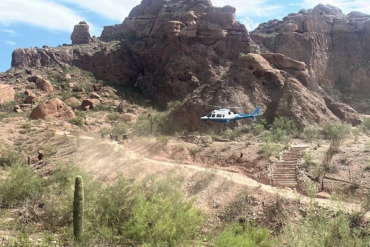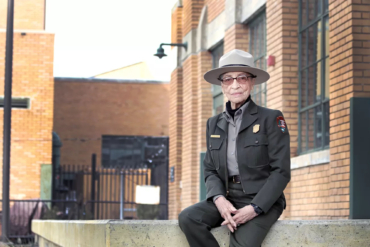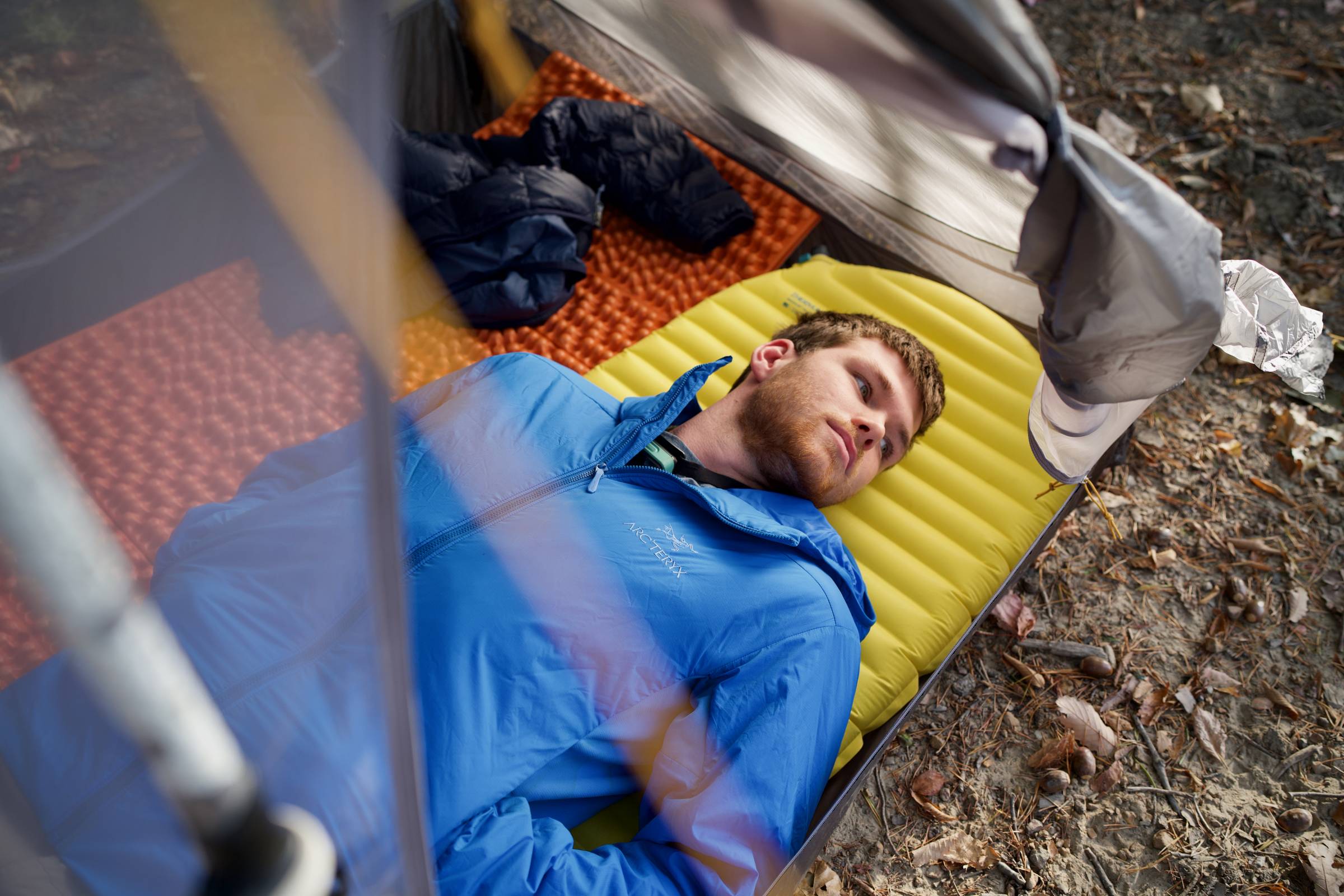If you’ve ever fly cast for bonefish, you understand it’s more closely related to hunting than it is fishing. The captain poles the flats skiff as smoothly and silently as possible in search of creeping schools of bones. The goal? Sneaking within yards of a “pack” of fish and luring them in with your perfectly placed fly. They come in quick, and each second counts. This is a hunt — an adrenaline-filled hunt.
You have to stay low and hidden, present your fly, and strip, strip, strip — boom! The silent stalk is suddenly broken by your reel liquidating line as the bonefish burns out your drag and heads for the hills. If you can finesse that silver bullet into your hand, it is a feeling of elation and satisfaction that is hard to describe.
With a quick photo and clean release, the bone returns back to the Bahamian flats. Your hunt is done.
The Out Islands of the Bahamas is bar none the spot to achieve your dream of landing a bonefish on the fly. Andros Island holds schools of literal hundreds that cover the flats like a black cloud. Abaco and Grand Bahama offer up midrange 2- to 5-pounders with frequency. Exuma and Staniel Cay have bones pushing the 13-pound “trophy of a lifetime” catch.
For most, a trip to the Bahamas to chase bonefish is a once-in-a-lifetime adventure. Preparation for that adventure is key. You need to align all your gear, skills, and scouting to make the catch a reality.
Luckily for you, we have the insider info that will set you up for success. Here’s how to plan for that bonefishing trip to the Bahamas.
Mandatory Skills: Training for Your Bonefishing Trip

Before you even step foot in the Bahamas, head to your nearest stretch of water and cast for the horizon. If you don’t have any local water, go to the backyard and practice long-distance casting with the fly rod. Get used to your outfit to be able to send out a 50-foot cast. Hone your skills to at least be able to put the cast in the right direction. If you have time to set up a frying pan in your backyard, try and hit the pan with every cast to pinpoint your shots and dial it in.
It will make a world of difference to make or break some of your shot opportunities when crunch time comes. Know how to load the line up and spit it out for a long shot. This is not freshwater trout fishing with roll casts and a slooping current. It’s long shots with pinpoint accuracy.
Gear for a Bahamas Bonefish Trip

Rod, Reel, and Line
Rods need enough backbone to effectively play out the fish, and reels need to be sturdy enough to prevent being overmatched.
It’s recommended to set the quiver up with a 7- to 9-weight, 9-foot rod matched with a 5/6-weight reel for 1- to 5-pound bones. Larger targets past the 6-pound mark can up the ante to a 9- to 10-foot rod, 8- to 10-weight reel. You can’t go wrong with a tapered sinking line connected to a 12-pound test tippet.
Don’t put too much thought into it or stress over having a top-of-the-line rod and reel setup. Just make sure you have gear capable of ethically and successfully landing your target.
Gear to Consider
What to Have in Your Fly Box

Bonefish inherently feed upon shrimp and crabs along the Bahamian flats. No box should be left without a #4, #6, or #8 Spanish Shrimp pattern and Gotcha Flies in shallower 1- to 2-foot waters and Clouser Minnows in 3-plus-foot depths when the tide is incoming or higher.
The smaller hooks allow for a solid hookset on larger 4- to 8-pound-plus fish while also holding the capacity to effectively hook smaller 1- to 2-pound bones. Color patterns most true to natural crustaceans include yellow/silver, green/blue, crystal flash, and orange. Flies should be tied on via a loop knot for maximum effect.
Flies to Consider
What to Wear While Bonefishing

The Bahamian sun can get downright oppressive, but a quick rain shower can chill you to the bone on the flats.
As strange as it sounds, always have a packable rain jacket in case you encounter a passing downpour and a pair of wading pants to put on if you get a chill. You may be a T-shirt and shorts angler, but a good sun shirt can keep you on the water longer and keep your skin protected for the long haul.
Wading boots are a must on most flats areas to prevent sharp coral reefs, conch shells, and the like from cutting you to the bone. Leave the flip-flops on the deck or stowed down below.
Reapplied regularly, 30 to 50 SPF sunscreen should help you avoid sunburn. Aloe lotion will help soothe it if you forget to reapply the SPF. It’s no fun being red and useless as a cooked lobster on the second day out fishing.
Polarized sunglasses with blue mirror lenses for high sun conditions are of paramount importance to cut through the sun’s glare and locate bonefish schools from far away.
Don’t Forget
I cannot tell you how many times I double-check my pocket for my passport. Also, be sure your passport is up to date. One friend slated to join me in Exuma had an expired passport and had to miss the trip. That’s a gut punch no one wants.
Beverages to keep you hydrated are a must-have, including plenty of bottled water and Gatorade to replenish all the water and nutrients you sweat out in the searing sun. Of course, bring a few beers, like the native Bahamian Kalik, to celebrate the day out on the flats.
Getting There, and How to Book a Guide

Remember how I mentioned that part about your passport? Just to hammer that in, make sure you have one and make sure it is current. Nothing is as disheartening when booking a trip to the Bahamas and looking at an out-of-date passport, as it takes 10 to 13 weeks to get a new one.
Book the lodge well ahead of time, especially during peak fishing seasons in winter. Ask the hotel if they have recommended guides when you book, as many Bahamian hotels work closely with local guides to facilitate your trip.
Flights to Nassau come from most U.S. airports, but island hopper flights to the out islands like Exuma and Abaco are sticky and book up quickly, so reserve your spot at least 2 months prior on Makers Air.
Get Ready to Be on Island Time
Bahamians pretty much all speak English, so there is no language barrier to overcome. You just have to get used to the local dialect to communicate effectively.
Unless you have a rental car, hotels usually have transportation shuttle services to get you back and forth, but generally, everything runs on island time and can be up to a half hour or later. When you want to leave at 7 a.m., be sure you tell them you want to leave at 6 a.m. to ensure you will leave by 7 a.m.
Bahamian currency is almost near the U.S. dollar, but most amenities such as beer, food, and tackle need to be shipped in, so the costs are excessive (a case of Kalik beer will run you $75 U.S. on the out islands). Nassau will have lower prices for food at the local supermarkets, but not by much. Stock up on bottled water, beer, bread, eggs, and fruit to at least have sustenance in the hotel room if you don’t have time to hit any local markets on any given morning or night.
Insider Info Bonus

If you’re looking for a captain to show you the ropes and take you out, or you need a place to lay your head at night, you can’t go wrong with these fine places and finer folks. It’s all about who you know, right? A good captain can make or break a trip. A good night’s sleep can do the same.
Captains on Call
- Travis Sands: @flats_phantom
- Marvin Bethel: @theflyfishingguide242, 242-422-7033; stevie@bonefishstevie.com http://bonefishstevie.com
- Oliver “Bonefish Slick” Munroe: 242-524-7200
Where to Stay
- Exumas: Hideaways Palm Bay, Exumas, info@hideawayspalmbay.com; www.hideawayspalmbay.com, 242-336-2787
- Staniel Cay: Embrace Resort, info@embraceresort.com; www.embraceresort.com, 242-524-7447
- Abacos: Abaco Lodge, www.abacolodge.com/, 800-530-6928
- Andros: Andros South Lodge, androssouthlodge.com/, 800-344-3628
A Few Tips Once You Get There: The Strip and the Set
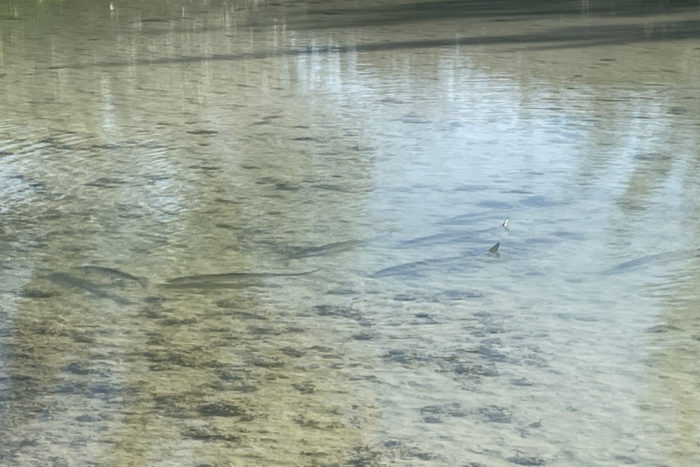
You’re all geared up, and you’ve arrived. Let’s talk a little about the process of landing one of these silver bullets.
Anticipation is the key to success. Peering into the waters, small gray burrow holes will betray where bonefish have recently been feeding, as they root up crabs and shrimp with their snouts from the flats floor.
When a bone is targeted, the fly should be cast with minimal false casts, which can spook the fish. A deft cast will be placed 20 yards in front of the direction the fish are moving toward. Listen to the guide’s instructions, as the guide will not only see things you don’t see, but the not-so-subtle hints are your lifeline to hooking up.
Strip the fly with three successive slowly drawn pulls, allow it to sink, then repeat the process. If you see the fly line getting straight, it’s an indicator the bone took your fly. Do not overreact and set the hook wildly like a Bassmaster Pro. Simply bring the tip up to lift all the slack lines from the water to allow the bonefish’s pull and run to set the hook.
Your fingers holding the line should be loose to allow the bone to make its searing run until all the slack line on deck is pulled out, and the rod tip’s resistance will set the hook.
Keep Your Cool and Have a Blast

Don’t forget any of the necessary gear. Don’t stress yourself out of an amazing experience — and crack a Kalik beer for me when you do hook up.
